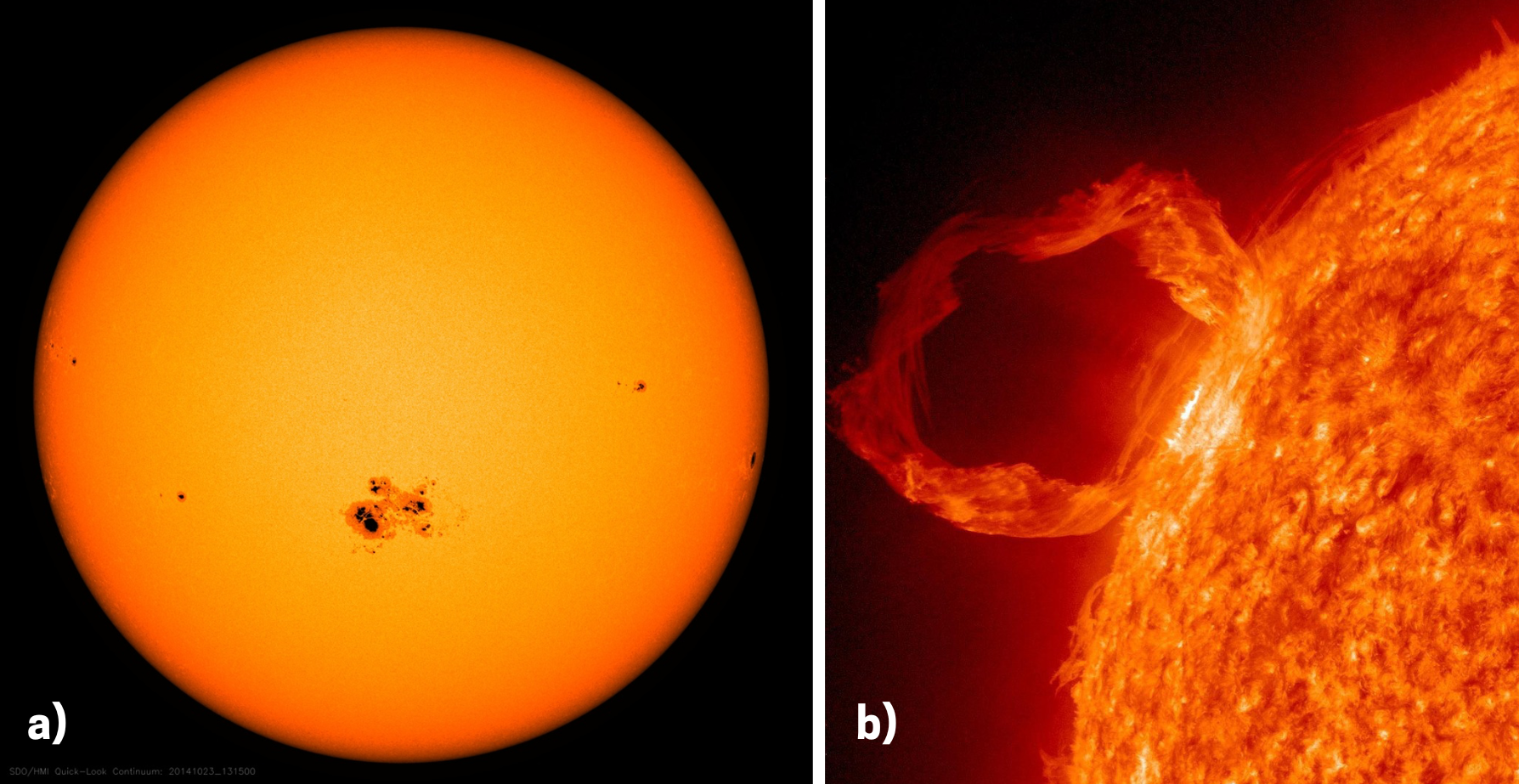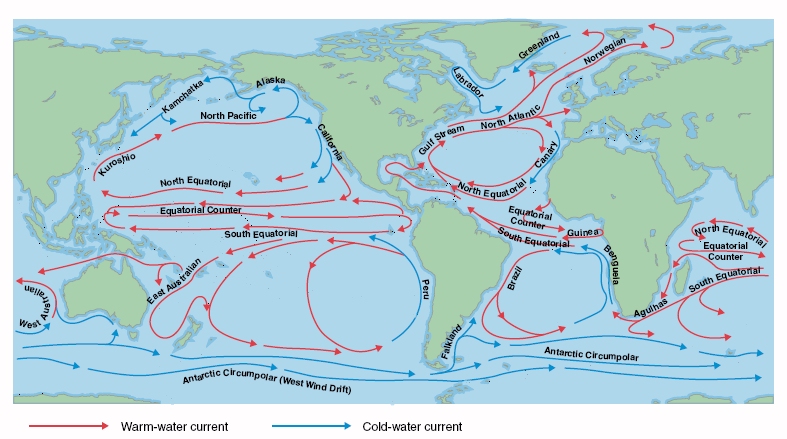
Solar Energy and Weather
The Sun is the ultimate driver of Earth’s weather and climate. It plays a major role in heating the atmosphere, creating wind, influencing ocean currents, evaporation and rain, and seasonal changes. Solar radiation warms the Earth’s surface, which in turn heats the air above it, creating temperature variations that drive weather patterns. The Sun warms ocean water unevenly, leading to currents that affect weather systems worldwide. Earth’s tilt means sunlight intensity varies throughout the year, creating seasonal weather shifts.
Understanding solar energy and how it can be harnessed for human use is increasingly important. The Sun provides a consistent and renewable source of energy, but its availability at any given location depends on several atmospheric and climatic factors.
Solar Energy and Weather Prediction
It has long been suspected that fluctuations in the energy output of the Sun may affect Earth’s weather and climate. If we can understand the linking mechanisms of the phenomena, we may be able to solve several of man’s most perplexing problems. For example, the critical role played by adverse weather and climate changes on world food supply has come into sharp focus in recent years. The ability to predict such changes with greater certainty than is now possible, especially the time and place of drought occurrence, could greatly improve global crop production schedules and thus alleviate incidences of famine.

Less attention has been paid to the impact of weather and climate on the effective utilization of solar energy. In its quest to make our nation self-sufficient for its energy needs, several agencies are examining the possibility of harnessing solar radiation. One of the most important variables that affect the utilization of solar energy is related to the weather and climate. The degree of cloud cover directly affects the amount of solar energy reaching solar collectors on the Earth’s surface. Alternative energy sources such as wind energy must be trapped when there are many consecutive cloudy days. Since the meteorological and climatological parameters that affect solar energy use vary with time on both long and short term basis. It is evident that the demands on solar energy and the efficiency of its utilization will also vary with time.
To ensure maximum benefit from the energy source and to allow for efficient scheduling of alternate energy sources, variations in meteorological and climatological parameters must be predictable to a high degree of accuracy. The only way in which this state of affairs can be improved is to enhance the predictability of weather and climate. One key element that has been largely ignored and that we believe could be crucial to a better understanding and predictability of weather and climate is the possible influence of solar activity on meteorological and climatological parameters.
What Is Solar Activity?
We use the term solar activity to distinguish the transient and energetic outbursts of solar energy from the more regular radiation often termed the solar constant. The basic measure of solar activity is the number of sunspots visible on the solar disk at any given time. The more spots, the more active the Sun is. An active Sun produces transient events such as solar flares, which are bursts of electromagnetic energy in the visible, ultraviolet, and X-ray portions of the spectrum. A solar flare eruption may last from a few minutes to several hours and is sometimes accompanied by electromagnetic emissions in the microwave radio frequency range.
With large flares, the Sun often emits relativistic charged particles, protons, alpha particles, and electrons, sometimes referred to as solar cosmic rays. The most abundant charged particle is the solar proton. We use the term solar proton in preference to the term solar cosmic rays. In addition to solar energetic particles, Earth is continuously bombarded by high-energy particles from outside the solar system, known as galactic cosmic rays. Both types of particles can influence atmospheric chemistry and potentially cloud formation, which may in turn affect weather and climate patterns.
Other Cosmic and Terrestrial Forces
Some researchers believe that solar activity is not the only external driver of climate variability. Oceans, for instance, are thought to play a major role in redistributing heat from the equator to the poles. Changes in ocean temperatures and circulation would foster changes in atmospheric heat distribution and therefore in weather and climate. Others have suggested that volcanic eruptions introduce widespread dust in the atmosphere that would block the Sun’s rays, leading to a cooling trend, cloud formation, and greater rainfall. Changes in the area and extent of the polar ice caps may also force the world’s climate to change. It has been postulated that the passage of the solar system through interstellar clouds might affect the Earth’s climate.
On longer timescales, changes in Earth’s orbit and axial tilt affect the amount of solar energy received at different latitudes, potentially triggering glacial and interglacial periods. These orbital variations form the basis of Milankovitch cycles, which are key to understanding ice age dynamics.

Conclusion: Can We Forecast the Sun’s Whims?
Although the subject of Sun-Weather relationships has been studied for more than a century, there has to be more widespread acceptance of the results and to incorporate the results into weather forecasting or climate prediction methods. The main objection to this approach has been threefold:
-
Observed correlations between solar activity parameters and meteorological and climatological responses sometimes break down after several solar cycles.
-
More acceptable physical explanations needed of why there should be a causal relationship between activity on the Sun and terrestrial weather.
-
The amount of energy from the Sun due to solar activity is miniscule compared to the continuous radiant energy which is believed to be the driving force for our weather machine, meaning that solar activity should at best only trigger changes in the Earth’s weather and climate.
Despite these challenges, there is potential for solar activity research to enhance our predictive capabilities in meteorology and climatology. With more rigorous scientific investigations, the influence of solar variability could eventually be incorporated into forecasting models, leading to better preparedness for weather-related impacts and more efficient use of solar energy resources.
